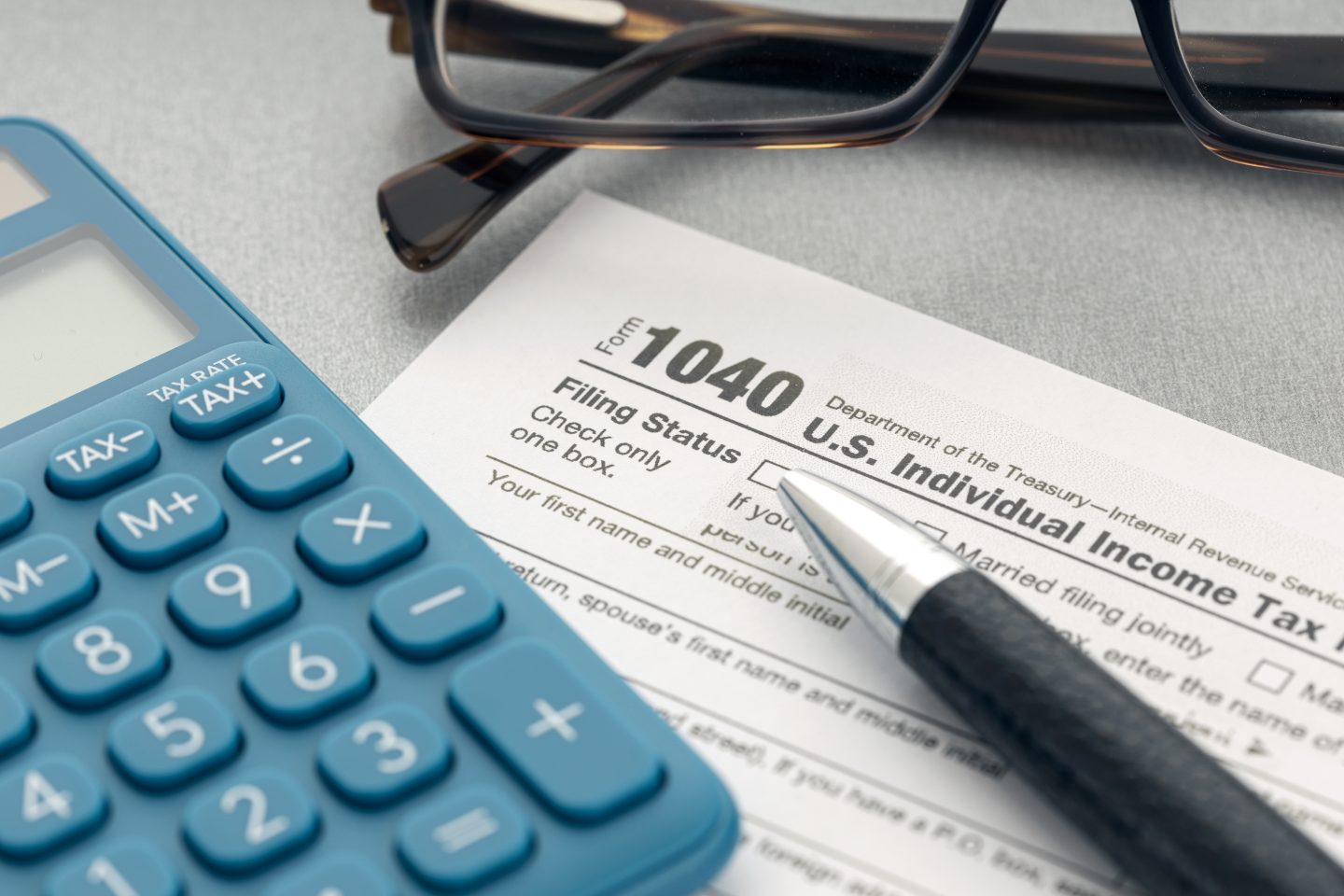
Did you know that sixteen million people in the United States identify as self-employed? Being self-employed certainly allows for an amount of freedom that doesn’t come with many traditional 9 to 5 jobs.
However, when it comes to taxes, the whole process can be quite confusing for these professionals. One of the first things that trip people up is the difference between self-employed vs freelance individuals when it comes to taxes.
So is there a tax difference between these groups? And how do you minimize the amount of taxes you owe at the end of the year?
If you want to learn the answer to these questions, you’re in the perfect place. In this guide, we’ll teach you everything you need to know about freelance taxes.
Is There a Difference Between Self-Employed vs Freelance?
As you can guess, if you’re self-employed, it means that you work for yourself. However, there are many different classifications for your self-employed business.
For example, you might be a sole proprietor. That means you own and operate your business entirely by yourself. Next, there are partnerships which are businesses owned by two or more individuals who share the profits. You can also setup a closely held corporation but that comes with additional complexities.
Lastly, some independent contractors work for multiple clients, typically on a task or job basis. Freelancers can be thought of as a form of independent contractors.
This group usually includes graphic designers, writers, photographers, caterers, and tutors. So a way to understand it is that every freelancer is self-employed. However, every self-employed individual isn’t necessarily a freelancer.
How Do Taxes Work for Self-Employed vs Freelance Individuals?
The IRS considers all freelancers to be self-employed. That means that regardless of which classification you fall in, you’ll still be responsible for filing and paying your taxes.
As a self-employed individual, you will need to provide 15.3% of your income to the IRS. Around 12.4% of this amount goes toward social security, while 2.9% is for Medicare.
It’s also important to note that if you make less than $400 while freelancing, then you don’t need to pay self-employment taxes.
If you make more than $1,000, you’ll also be expected to file quarterly payments. You can learn more about this process by checking out this IRS page.
Don’t Forget About Tax Deductions
Remember that regardless of if you’re self-employed or freelance, you can still take deductions on a variety of things. This will help lower your overall taxable income. Here are some common deductions:
- Home office
- Internet and phone bills
- Business meals
- Business travel
- Vehicle use
- Interest
If you want to learn more about home office deductions for self-employed taxes, check out this resource here.
Need Tax Help? Contact Pacific Tax & Financial Group Team
We hope this guide helped you learn more about the difference between self-employed vs freelance taxes. As you can see, there’s no real difference between these two types of employment classifications when it comes to tax preparation.
However, that doesn’t mean that they aren’t still complicated. Tax experts like the kind found at Pacific Tax & Financial Group Team can help you navigate this confusing process.
Along the way, they’ll save you all sorts of money that would likely be lost if you handled things yourself with freelance taxes. So, if you’re ready to simplify your tax experience, then contact us today.
